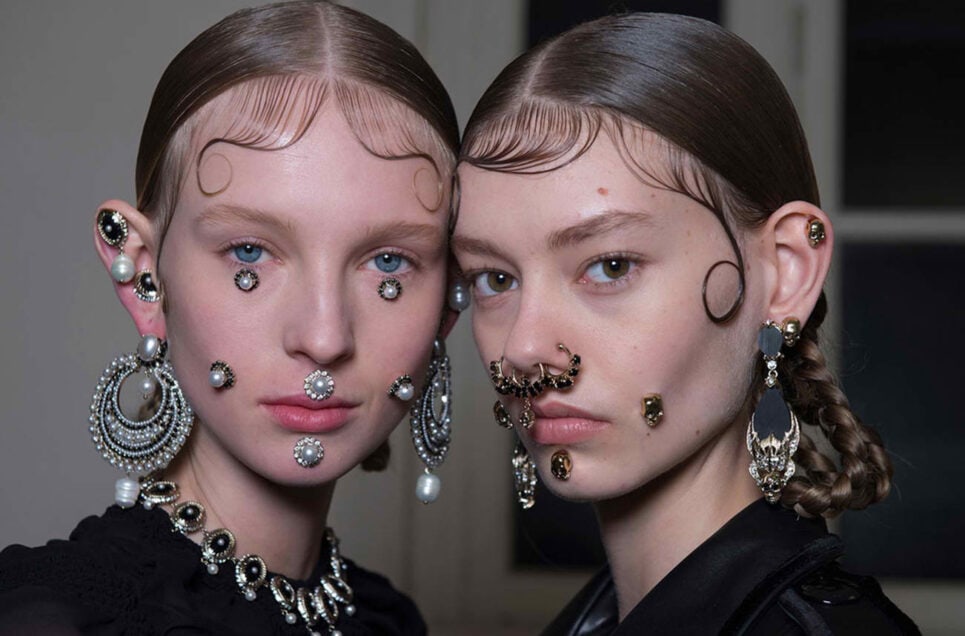Beauty standards vary from country to country and from culture to culture. While some may prioritize fair skin or symmetrical features, others may value unique features that are unconventional by Western standards. From nose plugs in India to sharp teeth in Indonesia, the beauty standards in different parts of the world can be truly bizarre to those who are not familiar with them. So, buckle up and get ready to experience the beauty of the world like never before!
Blackened Teeth in Rural China

In certain rural areas of China, blackened teeth are considered a sign of beauty and social status. Some tribes in China use natural dyes made from plants to darken their teeth, and this practice has been around for centuries. Women with blackened teeth are seen as more attractive and desirable, as it signifies their maturity and marital status.
In some cases, it is also believed to ward off evil spirits and bring good luck. Interestingly, the tradition of blackened teeth is not limited to rural areas, as it was once a common practice among the upper class in China’s imperial era. The practice gradually faded out as Western beauty standards became more prevalent, but it still persists in some regions of China.









































